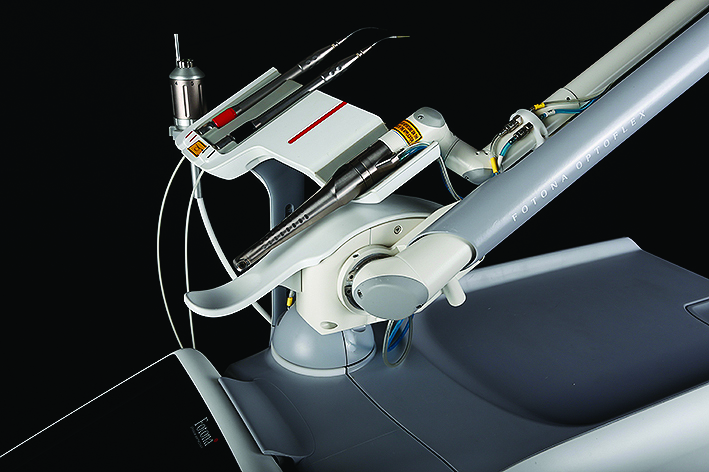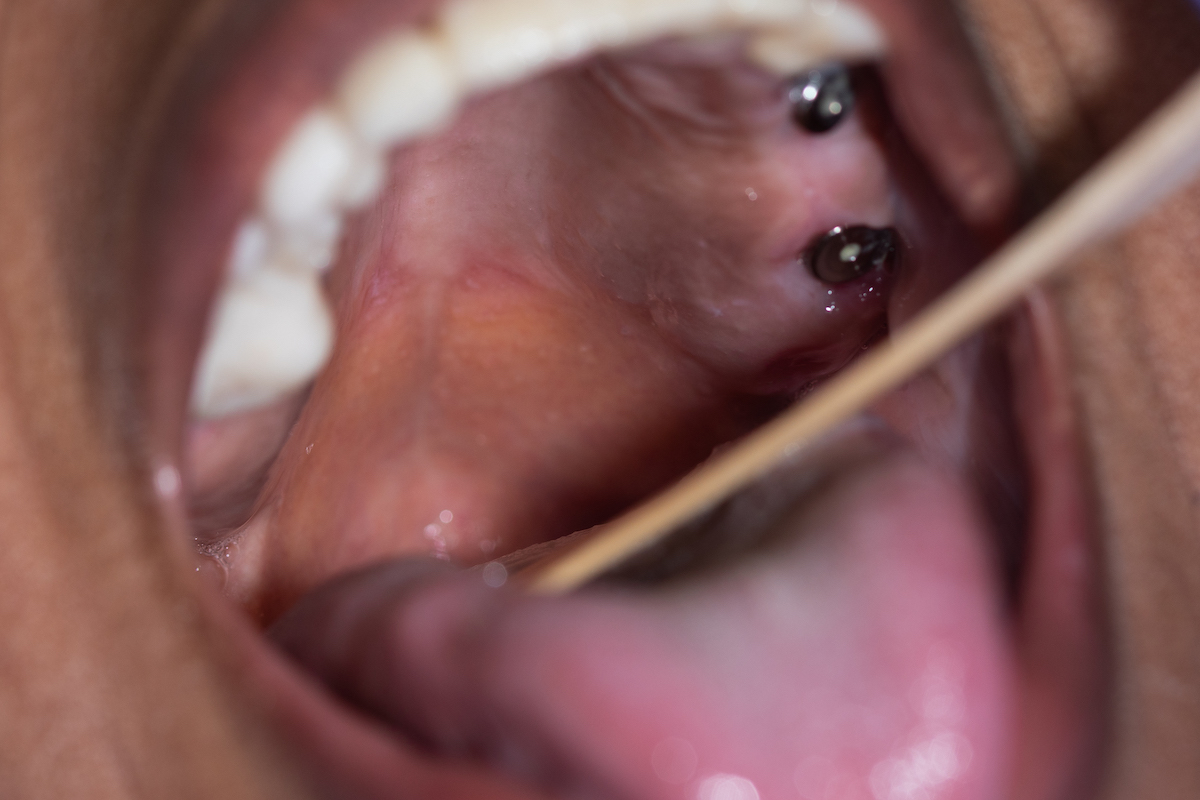If so, you're not alone. Gum disease is a common problem that affects millions of people worldwide. If left untreated, gum disease can lead to tooth loss, bone loss, and other serious health problems.
But there is hope. Deep cleanings, also known as scaling and root planing, can help to treat gum disease and save your teeth.
A deep cleaning is a dental procedure that removes plaque and tartar from below the gum line. This is done to treat gum disease, which is a serious condition that can lead to tooth loss.
Gum disease is caused by the buildup of plaque and tartar on the teeth. Plaque is a sticky film of bacteria that forms on the teeth every day. If plaque is not removed, it can harden into tartar. Tartar can build up below the gum line, where it can irritate the gums and cause inflammation.
If gum disease is not treated, it can lead to a number of problems, including:
- Loose teeth
- Bad breath
- Bone loss
- Tooth loss
How do I know if I need a deep cleaning?
There are a few signs and symptoms that may indicate that you need a deep cleaning. These include:
- Red, swollen gums
- Bleeding gums when you brush or floss
- Loose teeth
- Bad breath
- Gum recession
If you experience any of these symptoms, it's important to see your dentist right away. They can diagnose gum disease and discuss the best course of treatment.
What is involved in a deep cleaning?
A deep cleaning is usually performed in two visits. During the first visit, your dentist will use a special tool called a scaling instrument to remove plaque and tartar from above and below the gum line. In some cases, your dentist may also use a laser to remove tartar.
During the second visit, your dentist will use a root planing instrument to smooth the surfaces of the teeth. This helps to prevent plaque and tartar from building up again.
How long does a deep cleaning take?
The length of time a deep cleaning takes will vary depending on the severity of your gum disease. However, it typically takes about two hours to complete the entire procedure.
What is the recovery time for a deep cleaning?
Most people experience some discomfort after a deep cleaning. This discomfort can be managed with over-the-counter pain medication. You may also experience some bleeding and swelling. These symptoms usually go away within a few days.

How can I prevent gum disease from coming back?
The best way to prevent gum disease from coming back is to practice good oral hygiene at home. This includes brushing your teeth twice a day and flossing once a day. You should also see your dentist for regular checkups and cleanings.
A deep cleaning is an important part of treating gum disease. If you are experiencing any of the symptoms of gum disease, schedule an appointment with your dentist today. They can diagnose gum disease and discuss the best course of treatment for you.




